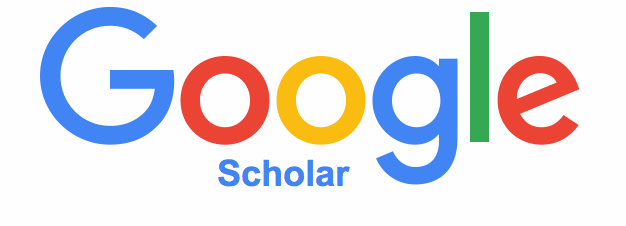Upaya Menstimulus Kemampuan Kerjasama Melalui Permainan Gobak Sodor Pada Anak Usia 5-6 Tahun Di RA Darussalam Wotbuwono
DOI:
https://doi.org/10.53863/sti.v3i2.913Keywords:
Cooperation Ability, Gobak Sodor Game, Children aged 5-6 yearsAbstract
The background of this research is to find out the ability of children's cooperation through the gobak sodor game. The purpose of this study was to improve cooperation skills through the game of gobak sodor in children aged 5-6 years at RA Darussalam Wotbuwono, Klirong District, Kebumen Regency. This type of research is classroom action research with the gobak sodor game. In its implementation, this classroom action research uses the Spiral research model from Kemmis and Taggart. Cycle I was held in two meetings and cycle II was held in two meetings and has achieved indicators of success.
The subjects in this study were 20 children aged 5-6 years consisting of 13 boys and 7 girls. Methods of data collection is done through observation and documentation. Data analysis techniques were carried out descriptively and quantitatively. The results of the study concluded that the stimulus for the ability to cooperate in children was successful with a percentage reaching 95% or 19 children out of a total of 20 children. It can be said that this research was successful because the percentage has reached the specified number, namely 80%.
The development of cooperation ability can be seen from the indicators of the pre-action cycle of 10%, then follow-up in cycle I of the first meeting increased by 20%, then in cycle I of the second meeting increased by 35%, then follow-up again in cycle II of the first meeting increased again by 60%, then in cycle II the second meeting increased again 95%, which means that the stimulus for the ability to cooperate in children is said to be successful.
Keywords: Cooperation Ability, Gobak Sodor Game, Children aged 5-6 years.
Downloads
Published
How to Cite
Issue
Section
License
Copyright (c) 2023 Rinjani Rinjani,Habib Hambali

This work is licensed under a Creative Commons Attribution-ShareAlike 4.0 International License.
Authors retain copyright and grant the journal right of first publication with the work simultaneously licensed under a Creative Commons Attribution-ShareAlike 4.0 International License that allows others to share the work with an acknowledgment of the work’s authorship and initial publication in this journal














